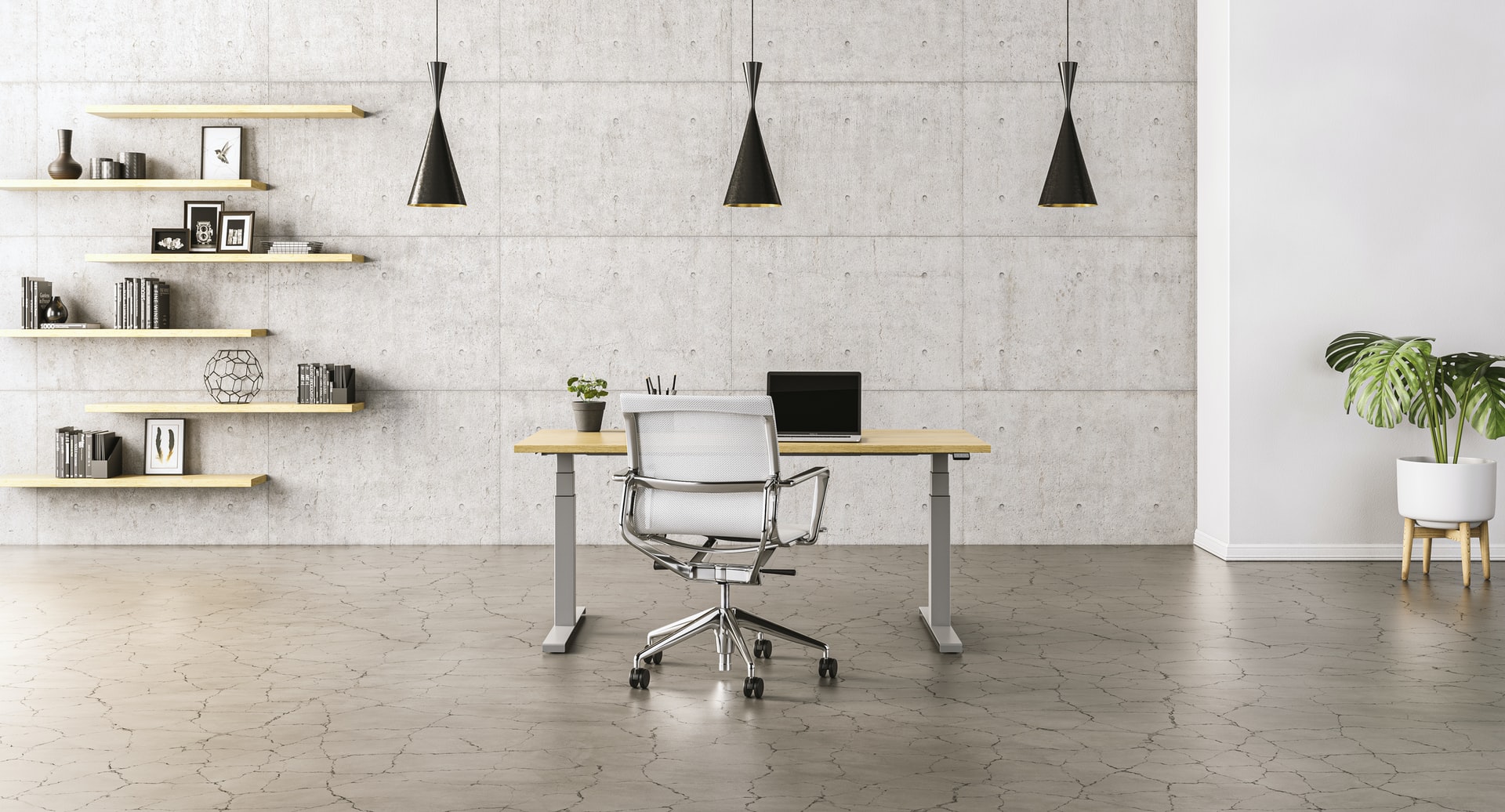The office chair is perhaps one of the most used pieces of furniture within the workplace, providing both comfort and function. Over time, wear and tear is inevitable, but this goes beyond aesthetics as it can impact your posture too. Every chair is different but on average 7-8 years is a good rule of thumb to replace them, but what are the tell tale signs?
Factors Affecting a Chair’s Lifespan
Furniture is made to last a long time but of course nothing lasts forever. However, there are certain aspects which can impact the lifespan of your office chair:
Materials used
Frequency of use
Where it is used
Material
Different materials provide different levels of comfort and purpose. Leather office chairs are very durable and easy to maintain, whilst mesh chairs offer better ventilation and can be a more affordable option. All fabric and furniture eventually wears down with use and can no longer be fit for purpose. However, it’s important to find the right material that offers both ergonomic and aesthetic benefits to align with your business.
Environment
The cleanliness of the office space can greatly impact the lifespan of a chair. If dust and dirt is allowed to build up, over time this can get stuck in the wheels and castors affecting the functionality. Therefore, it’s important to frequently vacuum and wipe down the chair as well as the surrounding surface to prevent such damage.
Usage
It’s not only about how the chair is constructed, but how it is used. More usage means more wear and tear. The average working day is around 8 hours, that’s 40 hours per week, which is quite a considerable amount of time to be seated. Whilst this might not seem a problem at a glance, no one sits completely still all the time. People tend to swivel on their chairs, move back and forth and tilt the backrest, which can all contribute to early deterioration.
How to tell if your office chair needs replacing
Damage
Perhaps the most common reason to replace office furniture is due to damage. Typical areas that experience damage include, tearing on the seat and backrest, broken levers and loose or broken wheels. All of these aspects have the potential to impact posture and you could find yourself sitting in a very uncomfortable position for long periods of time. An office chair should support your movements, provide stability and comfort, not work against you.
Bad posture
The support your chair offers should never be underestimated. Sitting for hours can take its toll on your body and posture. Comfort is key and common areas where this can be compromised is padding in the seat and armrests. Over time padding can lose its firmness as the foam inside flattens. This can result in an uncomfortable seating experience which can in turn affect employee productivity and motivation. No one likes a hard seat!
Style and fit
Whilst the look of the chair doesn’t directly impact posture, brand image is still an important consideration for businesses. Tears and rips don't necessarily project the right first impression or create a motivating and inspiring work environment. Furniture around the office should align with the brand’s image and if this changes, it’s time to update the furniture as well.
Where can you get new office chairs?
Need to replace your office chairs or perhaps you just want a new aesthetic? At Office Furniture Scene we supply a wide range of ergonomic chairs, task chairs and meeting room chairs from reputable brands such as Herman Miller and Humanscale. Browse our range of desk chairs or if you would like any advice call us on 0845 0737230 or email info@officefurniturescene.co.uk.
















